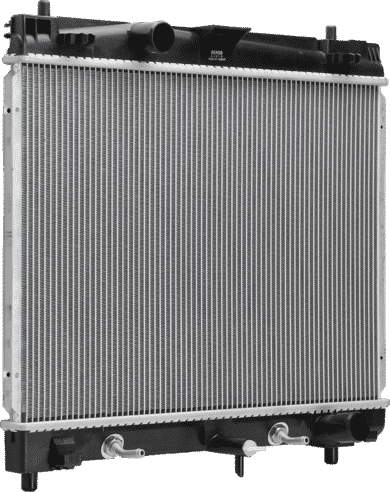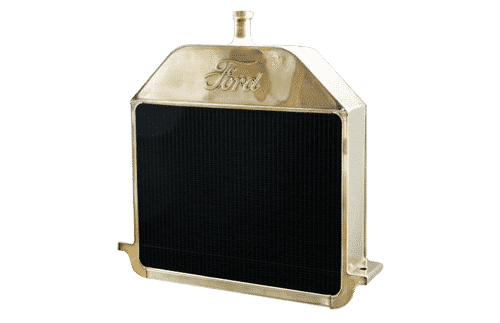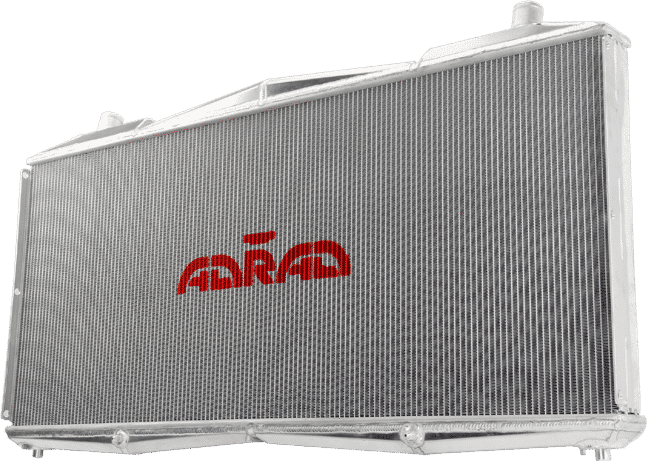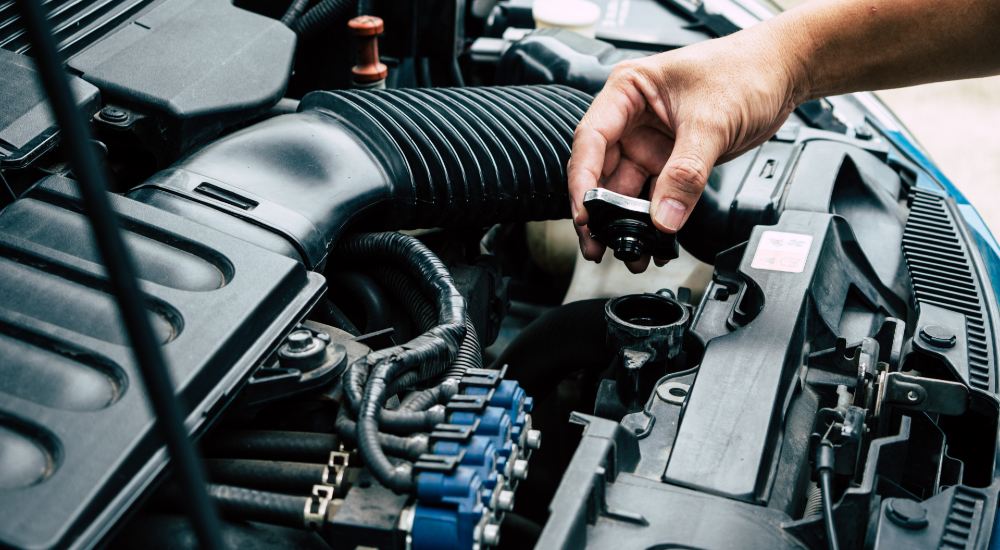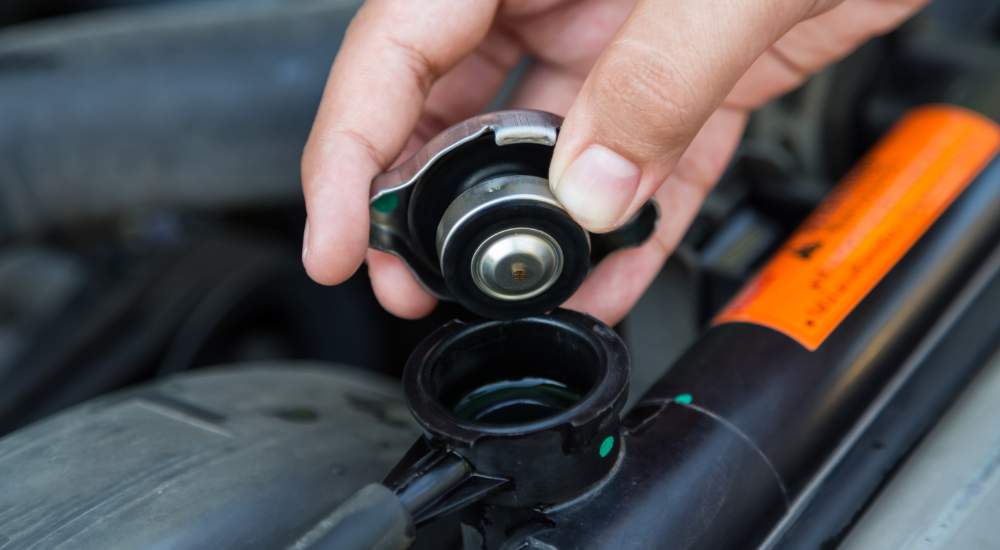Call us today on 1300 989 482 to book your vehicle in for radiator replacement, repair and maintenance.
Your trusted partner for radiator repair services
At Natrad, we’ve spent decades providing top-quality radiator repairs, replacements, and servicing across Australia. With specialist expertise and access to the largest network of radiator specialists and cooling system services in the country, we know how to keep your vehicle running smoothly. From everyday cars to trucks, heavy machinery, and high-performance vehicles, we deliver reliable cooling solutions you can trust.
We offer radiator services for:
- Car radiators: Reliable repairs and replacements to keep your vehicle cool and performing well.
- Truck radiators: Heavy-duty solutions designed to keep your fleet moving.
- 4WD radiators: Built tough for off-road driving and harsh conditions.
- Heavy machinery radiators: Durable cooling systems to handle demanding industrial work.
- High-performance radiators: Custom solutions to protect powerful engines and enhance cooling efficiency.
With a network of service centres across Australia and a solid three-year warranty on new radiators, you can count on Natrad for quality work and peace of mind.
We repair or replace all types of radiators
Plastic/Aluminium
We’ve got a wide range of aluminium/plastic system parts to replace those found on many modern vehicles.
Copper/Brass
We’re one of the few suppliers in Australia that can source and install a wide variety of copper and brass parts for older car models.
Performance Alloy
We can supply and install full alloy high performance radiators to provide more effective cooling for modified, hard-working and high performance engines.
Vintage
Do you own a vintage car? We can match it’s original-style parts and preserve its authenticity.
Cores
We can repair or replace the cores of rare and special radiators so you don’t have to worry about finding new ones.
Custom
We can install customised parts to accommodate for modified vehicles or engine performance upgrades.
Our Radiator Repair Process
Inspection
- We carry out a thorough inspection of your vehicle’s system
- The team ascertains whether it’s possible or cost-effective to repair or replace the radiator
Replace
- If the system needs replacing, Natrad can advise the best replacement choice
- Natrad will recommend the most suitable replacement for your vehicle and operating conditions
Repair
- If any failing components are identified, they will be repaired or replaced during the service
- Once reassembled, the repaired radiator will be pressure tested and finished, ready for installation
- Natrad purges the cooling system of debris and old coolant, re-fits components, and fills the system with corrosion inhibitor
End result
- All radiator services are carried out in a timely manner
- For your peace of mind, all services are supported by Natrad’s nationwide warranty.
Send enquiry
Got any questions about our heating and cooling services?
Ask us, and we'll get back to you soon.










